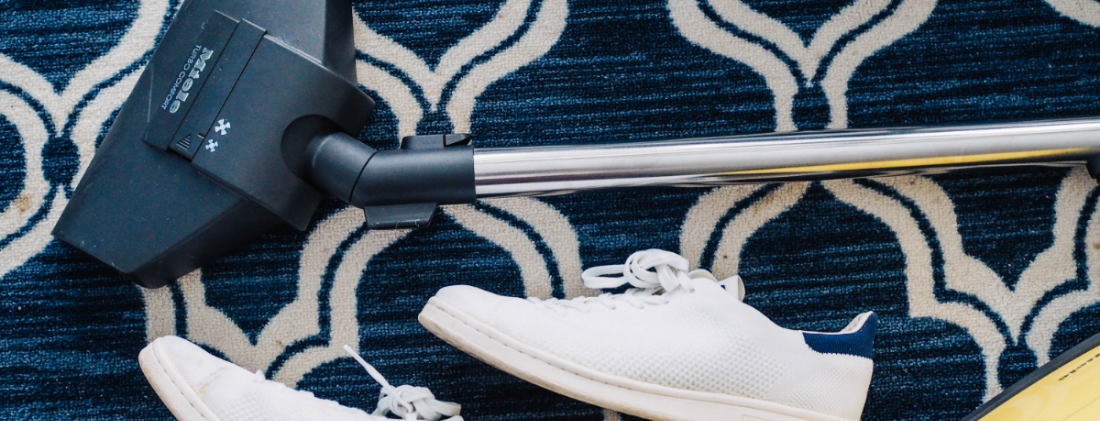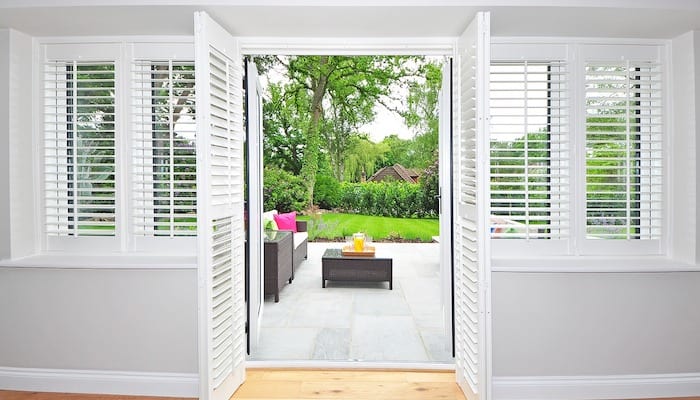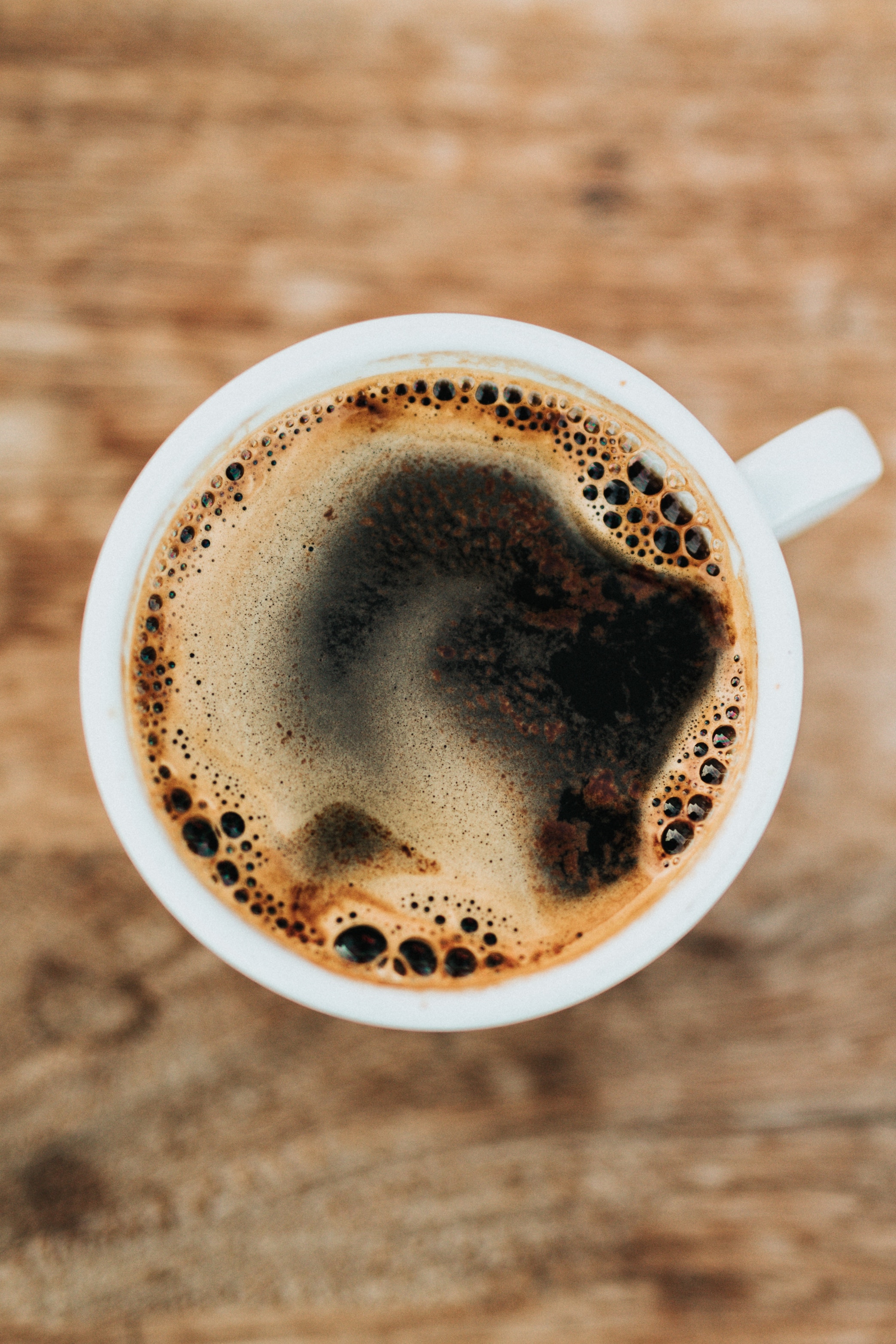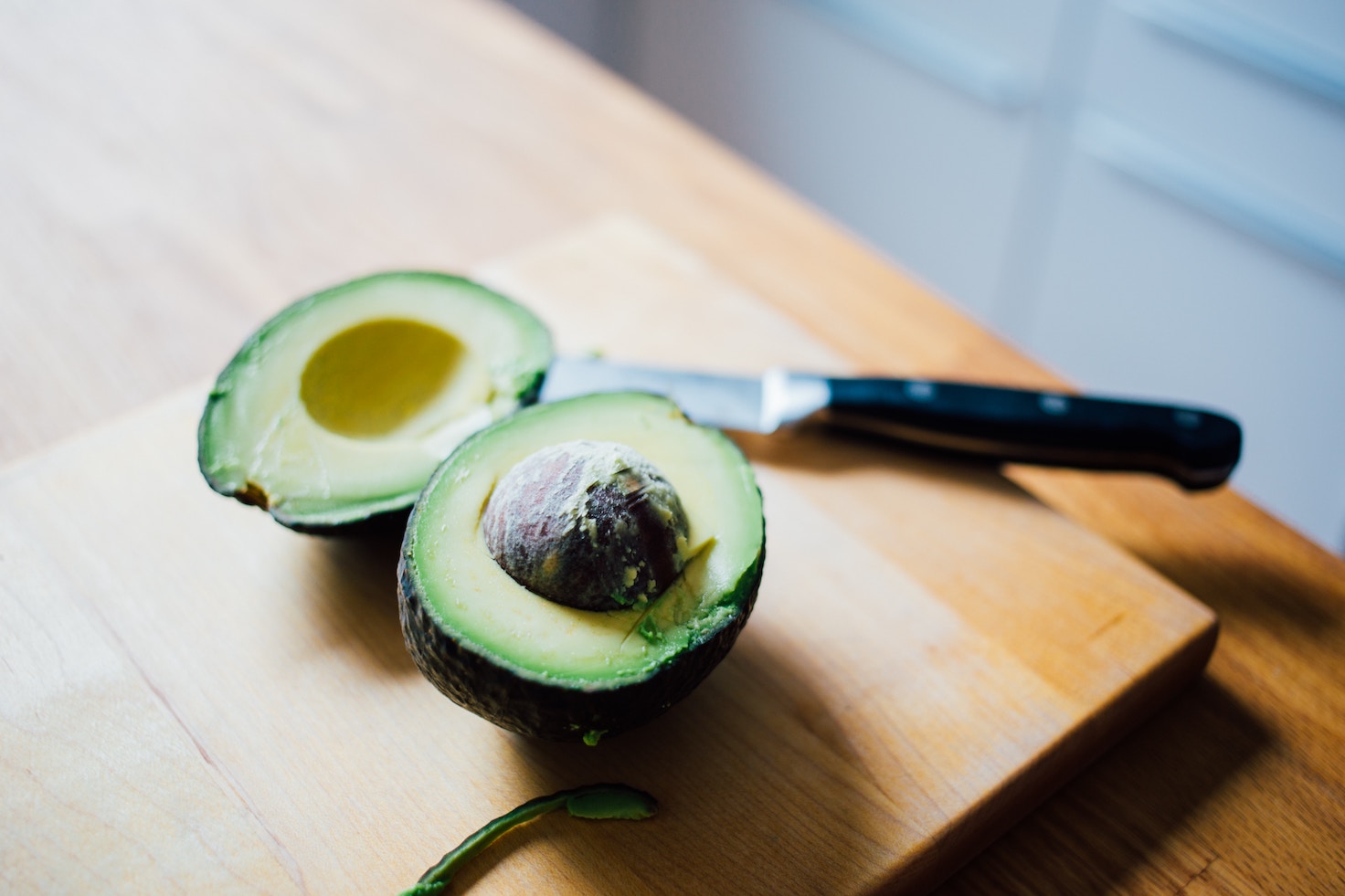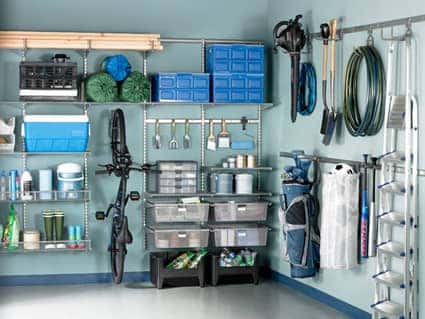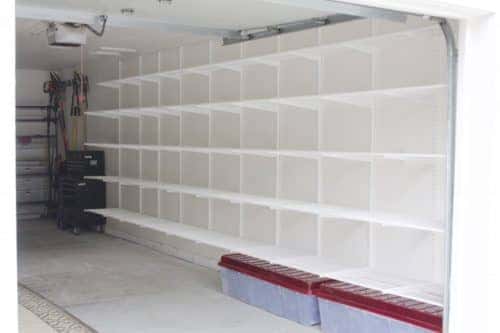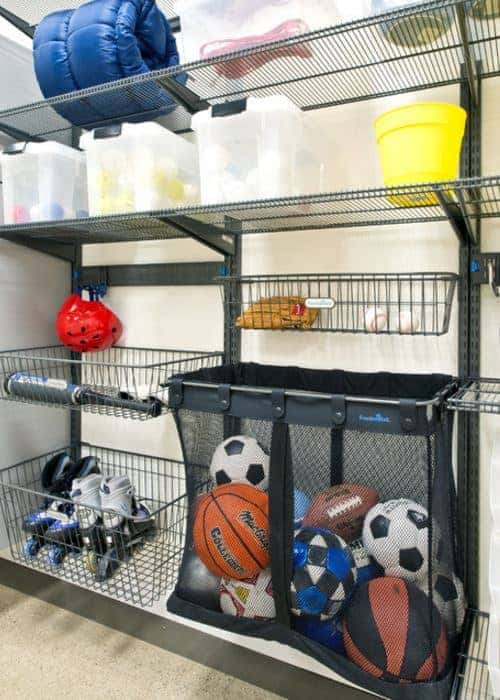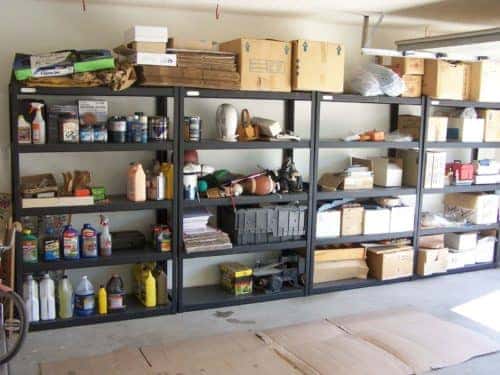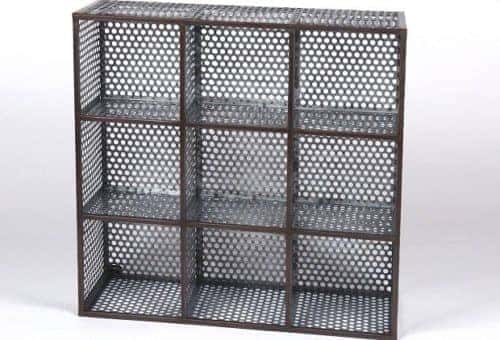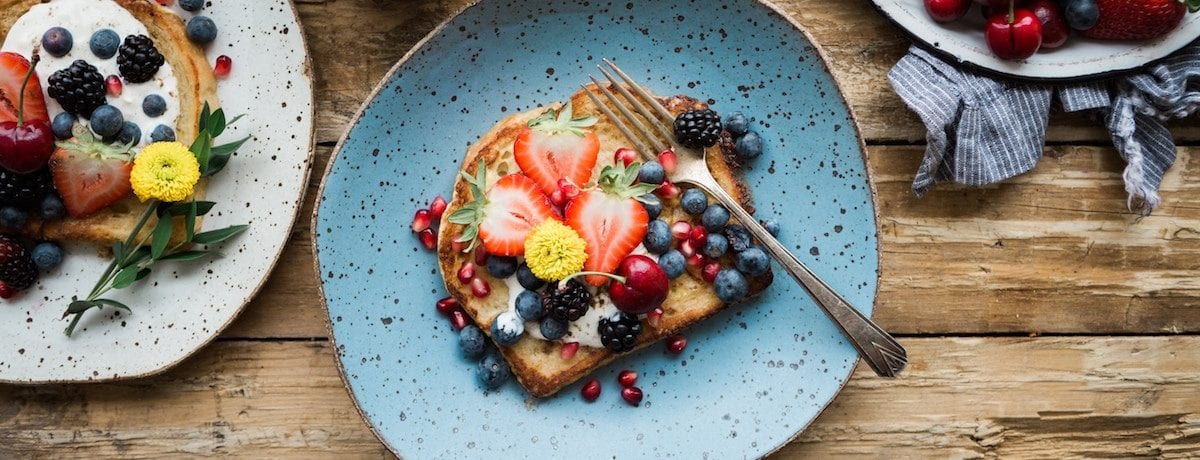In a time of Marie Kondo and her uncompromising war on mess, you’d be forgiven for thinking an almighty tidy-up requires a week away from work and an unbreakable promise to yourself you’ll never go back to being that person.
BUT PLOT TWIST: the time-old tradition of Spring cleaning your home from top to bottom doesn’t have to be painful, life-affirming or even time consuming. In fact, we’ve scoured (sorry) the internet to bring together the best cleaning hacks to leave your home sparkling and your calendar unscathed – so grab some sponges, and when the time to comes to scrub, consider this list your cleaning bible.
Deep cleaning your kitchen
As you’d expect, a kitchen in any home is a tricky beast to clean. Before you get started, do a quick sweep of any unnecessary clutter that might have made its way in from other rooms, clean the surfaces as you normally would, and give yourself a blank canvas to work from.
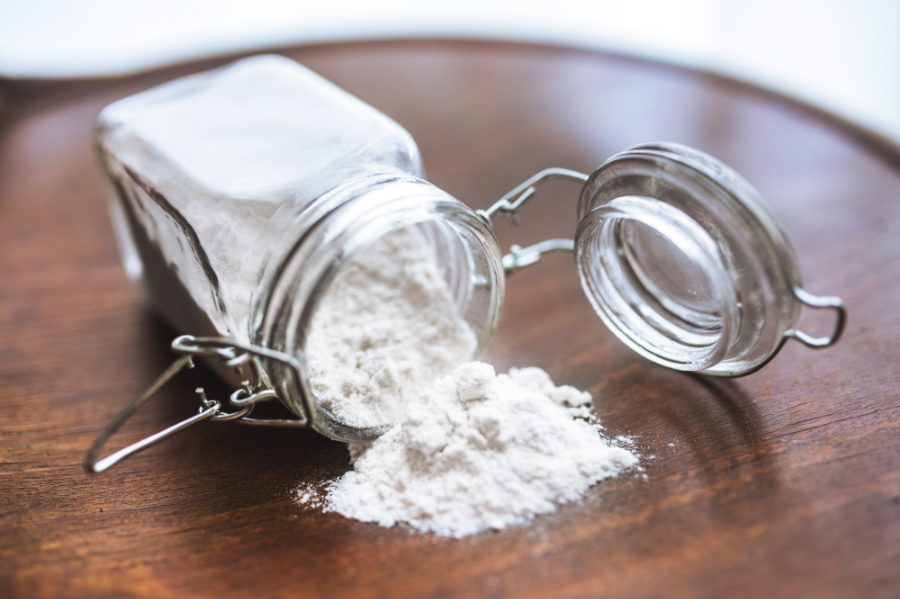
All hail the magic of baking soda.
The oven
Most people will tell you that you’ll need a heavy duty solution to clean your oven; but they’re wrong. Ditch the chemicals and nostril-burning fumes, and reach for your baking soda instead.
Just mix 6 teaspoons of baking soda with 250ml of warm water until you have a smooth paste. Repeat this ratio to get as much ‘product’ as you need.
Oven interior: remove the racks and set them aside, then with a sponge spread the paste over all the interiors and oven door – leave this to set for a few hours (or the night before if you’re prepping), then once ready, with a damp sponge scrub and then rinse the solution away, stains and all.
Racks: You’ve heard the stories of what cola does to bones and teeth, right? Well it turns out it’s also ‘great’ at removing tough stains from metal too. Put the racks in the sink and soak in the cola for around 15 mins, after that, scrub the racks with a scourer and rinse with warm water before adding back into the oven. Ta-daaaa, shiny clean oven racks.
The fridge
It’s a hardworking appliance in your kitchen and every now and again it needs some special attention. There are plenty of ways to keep it organised, but if you’re just cleaning – create your own homemade and eco solution to keep it sparkling. Get yourself a spray bottle or rinse out an old one, then add:
- 120ml white vinegar
- 250ml water
- juice of 1 lemon
Shake up the bottle, empty your fridge completely and then spray your solution everywhere inside. After a few minutes, clean with a damp sponge, and do the same for each shelf if you can remove. This’ll remove any stains and help with any unwanted odours too.
The kettle
When life gives you lemons, descale your kettle! This eco-friendly hack is a must. Thanks to our relatively out of control tea obsession in this country, limescale isn’t hard to find – however doing this trick ever 3-4 months will keep any unwanted build-up at bay. Just quarter a lemon, fill the kettle up, then boil the water with the lemons inside (twice if you feel like it needs it) – once done, rinse, then re-boil and that’s it! Watch the video here.
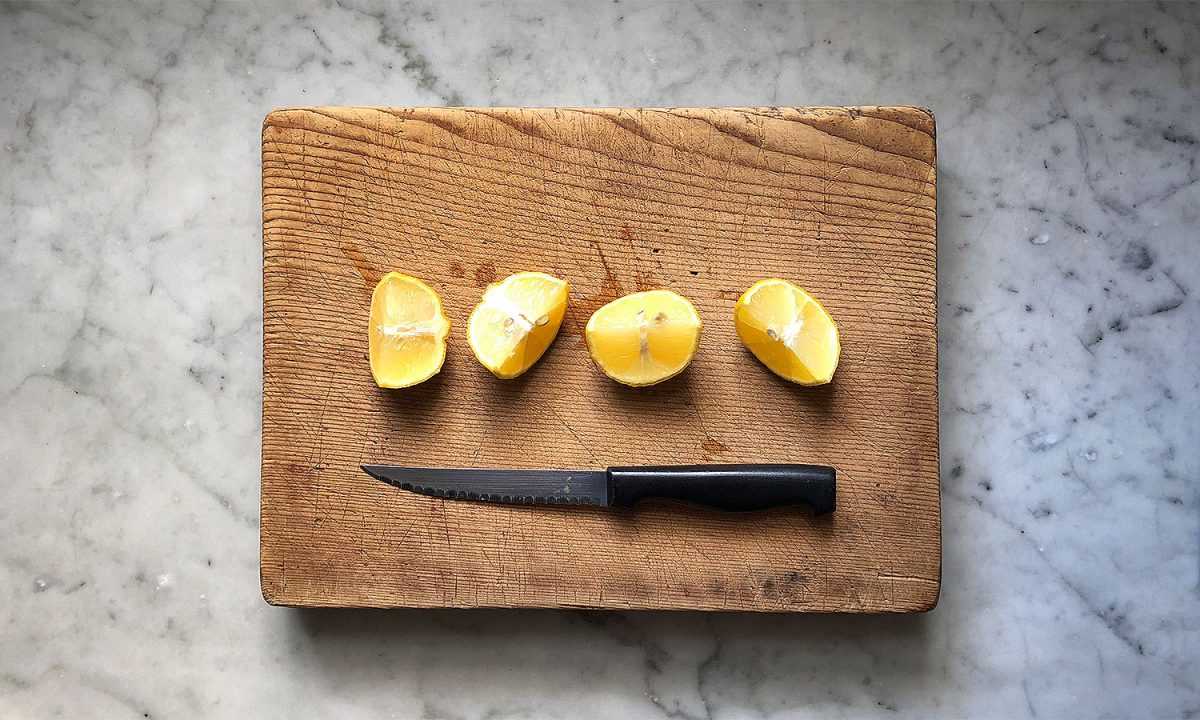
Cleaning your walls
Whether they’re in Game of Thrones or in our humble homes, walls are important. And they can also become inexplicably dirty if left without attention for too long. The trick with walls is cleaning without damaging the paint work or wallpaper, but as long as you bear the following in mind you’ll be fine:
Do:
- Dust the walls lightly before you start.
- Use a soft damp sponge, and don’t scrub too hard as to not remove any paint.
- Use a non-toxic solution: warm soapy water works best, but you can also use white vinegar mixed with warm water too (100ml of vinegar in a bucket of water is fine)
- Rinse the wall with water and a clean sponge after applying.
- Dry the wall with kitchen towel once you’re done – don’t leave the wall wet as this could result in water stains.
Don’t:
- Use heavy-duty products or things from your kitchen cleaning cupboard. Just.don’t.
- Use a sponge that’s too wet, a damp one will do, so ring it out before beginning.
- Start the process without testing out on a small out-of-sight area of the wall first; just to be safe as to not ruin the wall.
The bathroom
Once cleared of clutter and empty shampoo bottles, the bathroom is actually the easiest place to clean in the house – and yep you guessed it, it’s also easy to do without any toxic products:
You’ll need:
- Lemons
- A microfibre cloth
- White vinegar
- Baking soda (yep, again)
- One black tea
- A few freezer bags
- A toothbrush (that you don’t mind sacrificing)
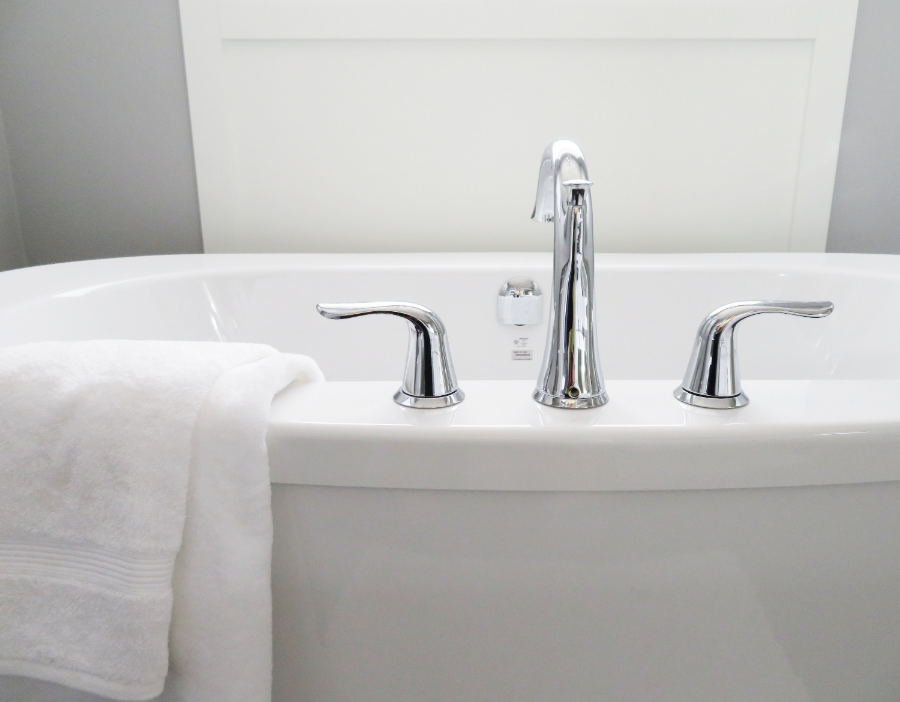
Removing limescale
Thanks to the sheer amount of water splashing about everywhere, limescale build-up is common in bathrooms everywhere – but it’s also easily removed. Just squeeze a few teaspoons of lemon juice into a spray bottle, mix with some warm water, then spray offending areas with the mixture. Leave for a few minutes, and the acidity of the lemons will allow for an easy wipe away with either a wet cloth or toothbrush.
Cleaning your shower head
Mix equal parts water and vinegar, then half-fill a plastic bag with it. Submerge the shower head in the bag and seal it with tape or an elastic band. You don’t have to remove the shower head if you tie the bag on tightly enough.
After an hour, remove the bag, pour the water and vinegar away, and wipe away any remaining dirt on the shower head.
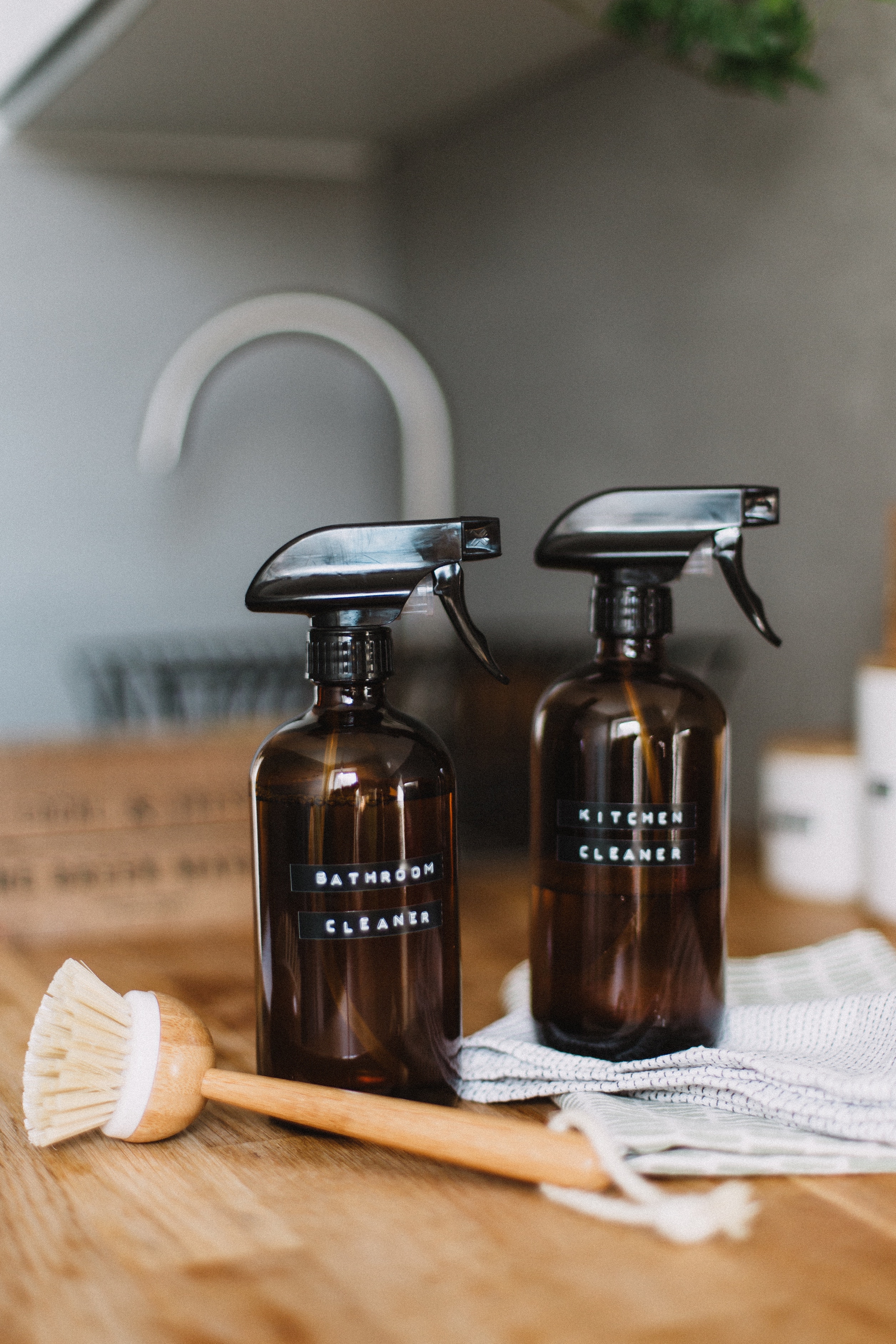
Mirrors
Make a strong cup of black tea and you’ve got an ideal mirror cleaner. Use a cloth to rub it in circles and it will reduce streaks and soap marks. This also works wonders with windows.
Unclogging drains
Start by pouring boiling water down the drain, then pour 75g of baking soda after it and leave for a few minutes. While you’re waiting, mix 150ml of vinegar and 150ml of boiling water together, then pour that down the drain too. Cover the plug hole, leave it for 10 minutes, and then pour more hot water down there. This final rinse will wash all the dissolved blockage away.
Bedrooms, living rooms and odd jobs
They’re a mecca for comfort and a place to relax, and as such they’re of course well worth looking after. There are a few odd-jobs that need seeing to throughout the remainder of the house, and thankfully, there are a few hacks too:
Sofas and beds
Next time you’re doing the Spring clean, sprinkle some baking powder over your couch or mattress, leave for 20 minutes, then use your hoover attachment to suck up the debris. This little trick ensures a super clean finish, whilst giving the material a freshen up too.

Window shutters
Forget fiddling around with a cloth when cleaning your window shutters, they’re too tricky to get a good grip on and you’ll be there forever. Instead, get a clean sock you don’t mind giving up, make the baking powder and water solution you’ve now mastered, dip the sock in, then put the sock over your hand to easily wipe away any dust, dirt of whatever else the shutters have managed to accumulate over the year. Easy.
Vases
Though this seems like an odd one to include, vases are often overlooked and when you do come to use them, you find yourself disappointed with how grubby they look. To get rid of stubborn grime in your vases, easy up the process by adding 200g of uncooked rice, 500ml of warm water and 100ml of white vinegar – swish around and leave for 15 minutes. Empty, rinse, and admire your sparkly good-as-new vase.
Things not to forget:
Try as you might, there are always a few things that are forgotten during your spring clean, here are the ones not to miss:
Remote controls, switches and handles
You use them everyday and though you can’t always see any issues, they can get dirty quickly. Use the same solution as the one you used for the fridge (120ml white vinegar, 250ml water, juice of one lemon) and take that around the house, carefully dabbing with a cloth, and wiping dry afterwards. For electrical items just make sure these are turned off and any batteries removed first.
Extractor fans
Extractor fans above hobs can get greasy and blocked easily; the best way to get around this is to give them a good cleaning every now and again. Using a large stainless steal bot, boil water, and add baking soda gradually – stop when you see it fizzing. Carefully using tongs, lower the filters into the pot. Leave them for 5 minutes, remove, set aside, a wipe clean before adding back into the fan.
Cleaning equipment
We know, we know – cleaning things you’re cleaning with? INCEPTION.
But all that cleaning has left your cleaning equipment, well, filthy. Make sure to give that mop bucket a good scrub before using, and arm yourself with a pack or two of clean cloths – a little prep will save you plenty of time in the long run.
—
And there we have it, happy cleaning!


